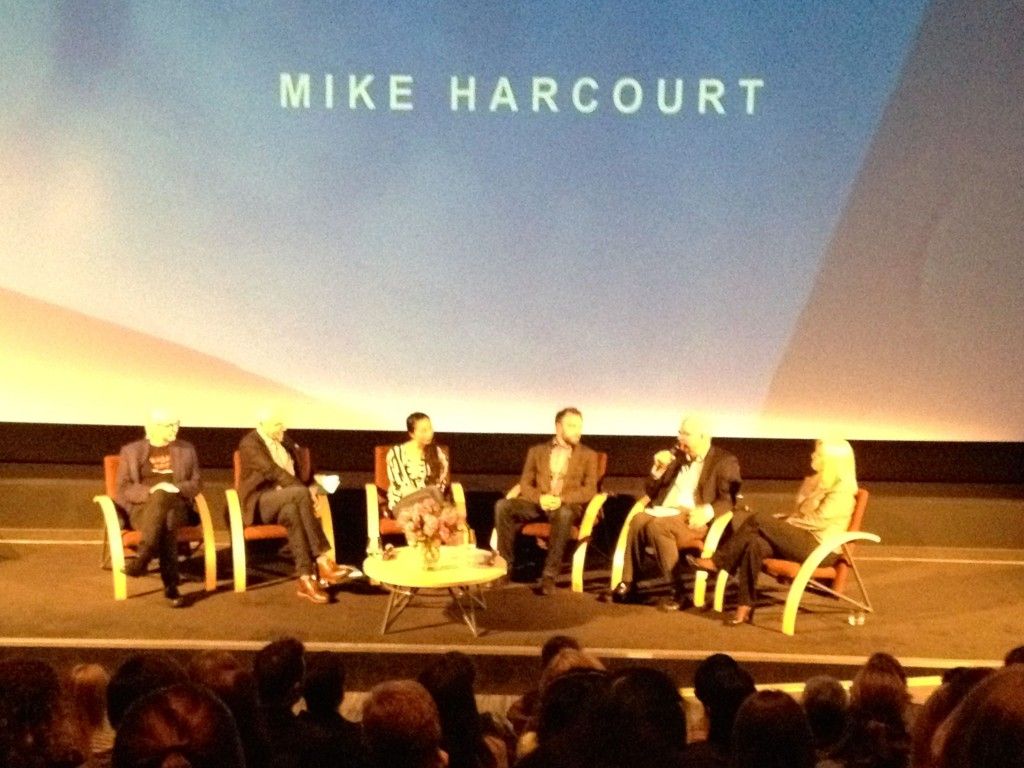Last night, I joined 499 people in celebrating the “unlaunch” of Al Etmanski’s new book, “Impact: Six Patterns to Spread Your Social Innovation“. The event featured 5 other social innovation leaders from Vancouver, who each took a few minutes to share their stories and insights. I haven’t read the book yet – though I like the approach. It’s essentially a narrative analysis of multiple successful social innovations, in which Al identifies key/shared patterns that seem to have contributed to the collective success of the initiatives.
While it was lovely to celebrate home-grown innovators, the highlight for me was hearing Tamara Vrooman, President and CEO of Vancity. Why? Because she told the Vancity origin story, which I (and lots of Vancity members in the audience) didn’t know. Not only did she do a great job telling it, but it’s also a terrific story that should be front and centre in their brand. Sadly, it seems to have been lost in more generic “we’re the people’s financial choice” messaging.
More importantly, she articulated what I think was the key insight of the evening. She talked about how the founders of Vancity were brought together by need – as no one else would lend them money to buy homes after the war. And she called it Do-It-Yourself innovation. Those 22 founders of what is now the world’s second-largest credit union didn’t have fancy toolkits, technologies, innovation boot camps or creative schools – let alone the Internet – to help them. They muddled through, as my friend Moura likes to say. They HAD to figure it out for themselves.
I heard this same theme from the other speakers. And I think Al references it in his book, in his focus on accidental travellers. This, to me, is the difference between social innovation and product/commercial innovation. The good folks who are tackling wicked, systemic social problems are driven by real, tangible needs that don’t have clear solutions. Whereas so much of what I see in my commercial work is the opposite – a cool solution looking for a problem. What businesses end up doing then is investing a ton of advertising and marketing resources in trying to convince potential customers that they need whatever it is the company has invented.
I get that we don’t always know what we need, as Henry Ford supposedly pointed out. “If I had asked my customers what they wanted, they would have said ‘faster horses’”. But I can’t help thinking that, if we focused more energy on solving real problems and less on trying to make them up, we might make the world a better place a whole lot faster.
If you get a chance, check out Al’s book – I suspect it’ll both inform and inspire you. I know I’m already rethinking what and how I’m trying to lead change. And I’m looking forward to discovering more provocative, social innovation stories.





